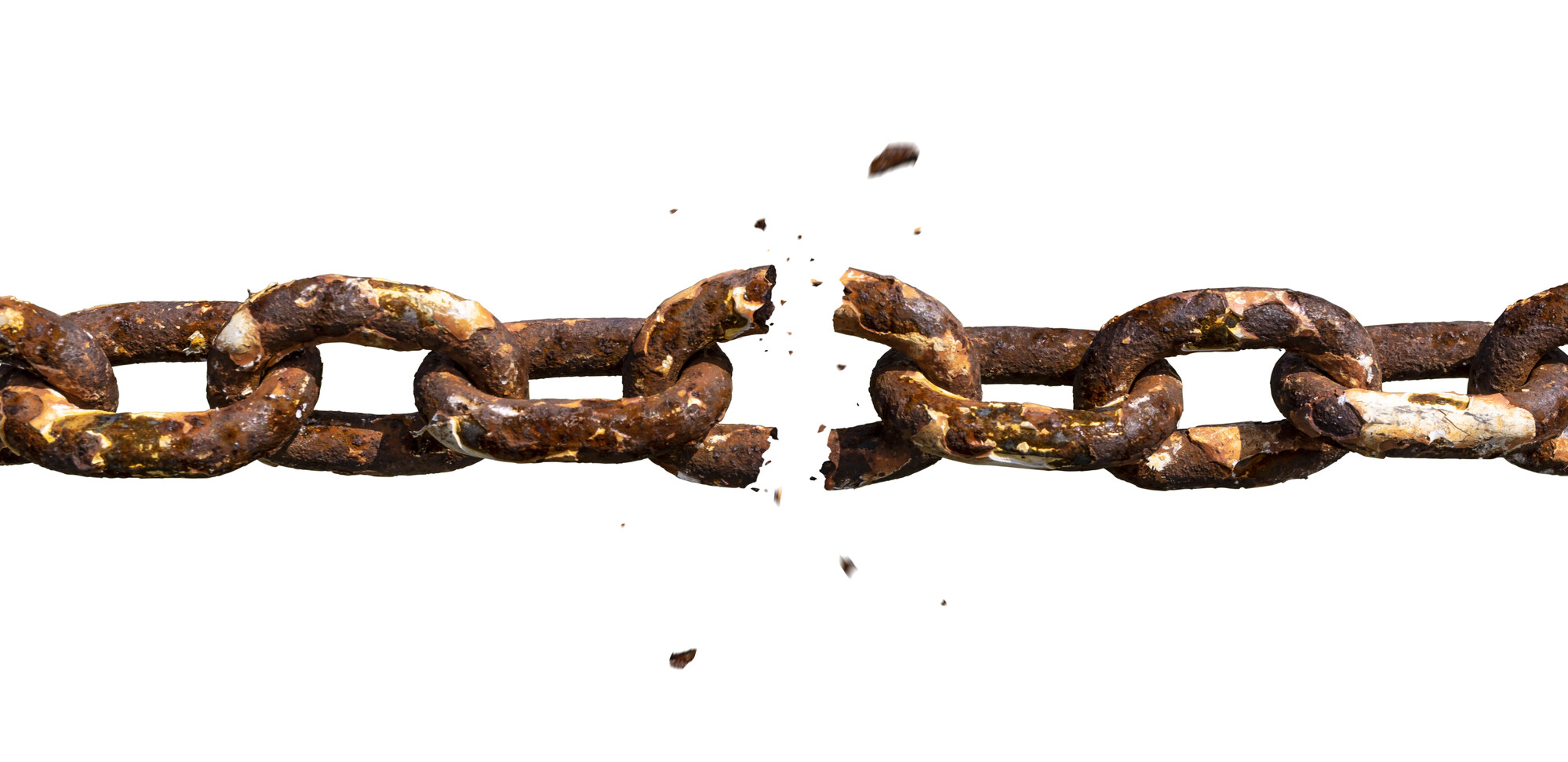
The One Thing You Need to Focus on Next…
What’s the biggest thing that holds back your business? You know how it goes: you have all these strategic plans, but then everything starts coming at you at once—customer crises, staff not showing up, and you end up firefighting instead of progressing. The overwhelm can be paralyzing, and the last thing you need is to learn something complicated to grow your business.
I’m Raglan Tribe, and in this article, I’ll share a powerful tool to help you get crystal clear on the one thing you need to do next to move your business forward. Not the hundred things, but the one thing that counts the most. This clarity and focus will make your business unstoppable. At the end of the article, if you want access to the Bottleneck Profit Finder Tool, then message me and I’ll send you the spreadsheet.
It builds on the Theory of Constraints that teaches us that by identifying and addressing the primary bottleneck, and with the support of a solid accounting system, you can make continuous and significant improvements.

A Lesson in Numbers
Let me take you back to the 90s. I was running a £6M per annum Engineering Services business within a large corporation. My boss was an accountant and a complete tyrant, but I still thank him to this day for the discipline he instilled in me about focusing on the numbers.
We lived in constant fear, dreading the month-end reports. If you weren’t hitting your numbers, there was no fooling him. He had an uncanny knack for remembering every number you ever presented and holding you to account. I’m sure some of you out there know exactly who I am referring to, he ended up as the CEO of a major Automotive Company on the New York Stock Exchange.
Interestingly, I now have the same skill with numbers, which has been invaluable in managing my own staff. Through his rigorous approach, I began to appreciate the surgical precision that numbers provide in getting to the bottom of things. Numbers don’t lie; they dispassionately reveal the truth, showing when you’re in trouble and where things are going wrong. They also pinpoint the one thing you must do to fix your business.
Numbers are more than just figures on a spreadsheet. They become your allies, telling you when you’re off-target and identifying problem areas. With my old boss, if things were going wrong, I needed to demonstrate a measurable remedy by the next period. This discipline not only kept me on track but also significantly improved our performance.
Having the right number system in place powers your business and makes it easier to delegate tasks. Soon, my team was able to manage the numbers, freeing me up to focus on more strategic initiatives.

The Theory of Constraints
The essence of Theory of Constraints (TOC) is that there is always one primary bottleneck or constraint. By focusing on this one thing, you can make meaningful progress rather than spreading efforts thinly across multiple areas. This concentrated effort ensures that resources are not wasted, and improvements are impactful.
The TOC was developed by Dr. Eliyahu M. Goldratt, an Israeli business management guru. He introduced this concept in his 1984 book "The Goal: A Process of Ongoing Improvement." In this book, Goldratt used a narrative style to explain the principles of TOC, making complex management ideas accessible and practical for business leaders and managers. The Goal became widely influential, and TOC has since been adopted in various industries to improve organizational performance by systematically addressing and eliminating constraints.
TOC has now become a management philosophy that helps organizations identify the most critical limiting factor (constraint) that stands in the way of achieving a goal and then systematically improving that constraint until it is no longer the limiting factor. Here's a simple breakdown:
Identify the Constraint: Find the single most significant limiting factor that is preventing the system from achieving a higher performance.
Exploit the Constraint: Make quick improvements to the constraint using existing resources. Ensure it's used to its maximum potential without significant investment.
Subordinate Everything Else: Align the rest of the process to support the constraint's maximum output. This means that other parts of the process may have to slow down to not overburden the constraint.
Elevate the Constraint: If the constraint still exists, take more significant actions to eliminate it, such as investing in new equipment, training, or other resources.
Repeat the Process: Once a constraint is resolved, another will take its place. Go back to step 1 and address the new constraint.

Don’t put rubbish in…
A robust management accounting system provides accurate, real-time data, allowing you to focus objectively on the most critical area needing improvement. Here's how it helps:
Identify Constraints: Detailed financial data can pinpoint where inefficiencies or bottlenecks are costing the most money.
Measure Impact: Accurate numbers help measure the impact of changes made to the constraint.
Prioritize Actions: With clear financial data, you can objectively decide which actions will give the best return on investment.
Track Progress: Continuous monitoring of the constraint’s performance and the overall system helps ensure that improvements are effective and sustainable.
In summary, the Theory of Constraints teaches that by identifying and addressing the primary constraint, and with the help of a solid accounting system to guide decisions objectively, organizations can make continuous and significant improvements. If you don’t have the right number system, you’re flying blind. Focus on the one thing that counts most, and watch your business thrive.
Message me if you want a copy of the Bottleneck Profit Finder tool and do leave feedback below.
